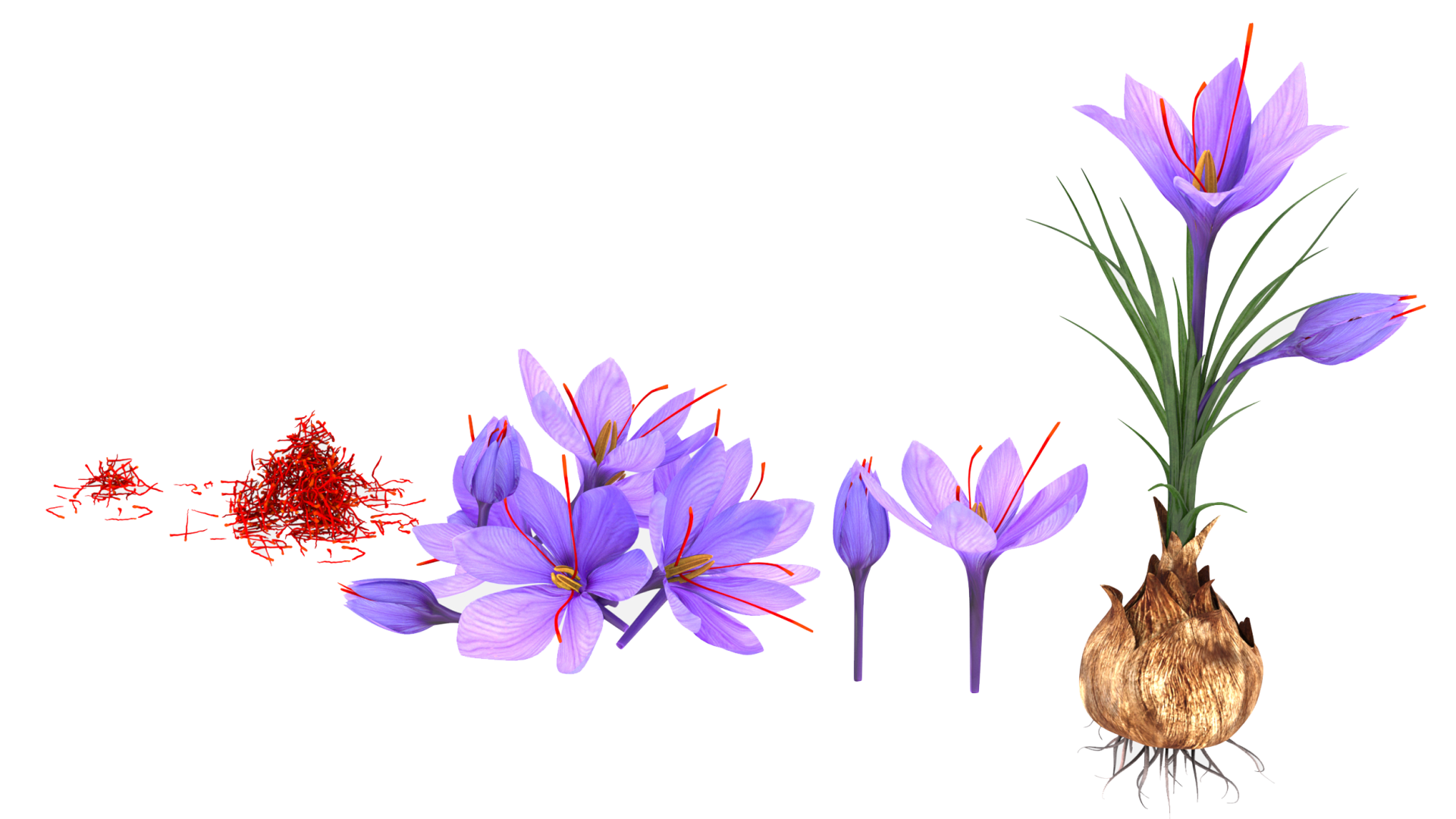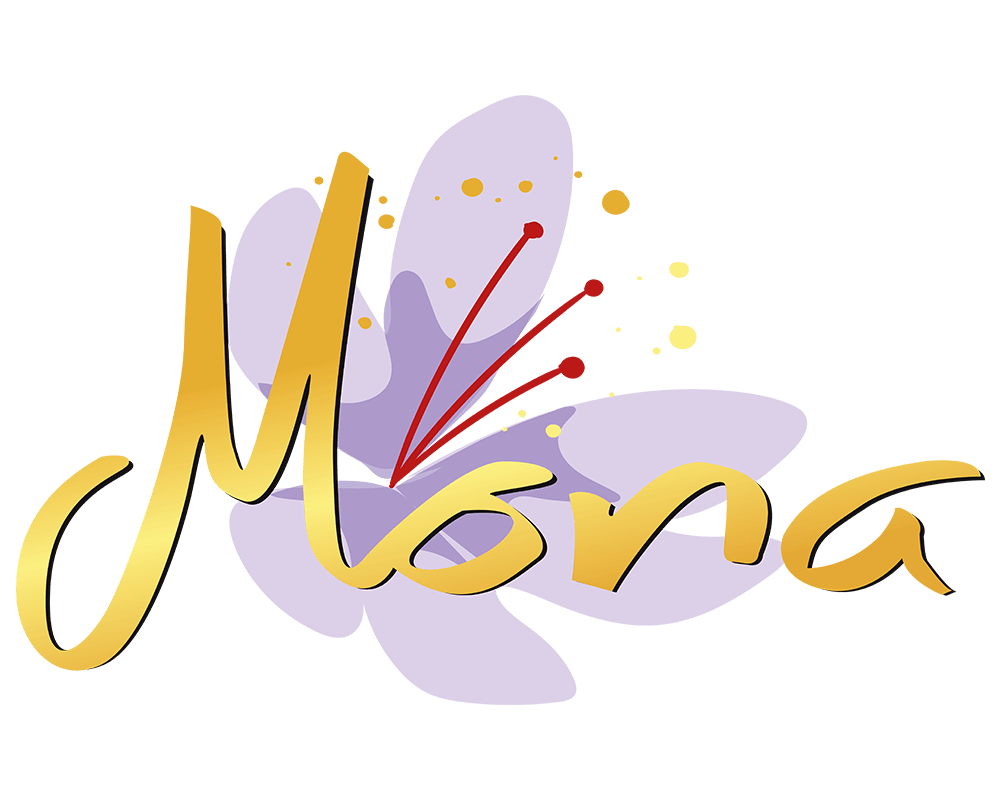The history of Saffron
L'Or rouge
The history of Saffron dates back to ancient Persia and the Minoan civilization. The quality of saffron has changed significantly over the centuries and some people believe it may have spiritual powers. You can learn more about the history of saffron in this article. Ultimately, you will feel more knowledgeable about this spice and its power as a spiritual ingredient. But before we do, let's take a look at some of the major events that changed its quality and role in history.
At the time of Persia
The origins of Saffron date back to the Achaemenians, who used it to flavor and color food. It was even used as a flavoring for facial oil. King Darius under the Sasanian Empire used it to moisten his body with aromatic oil in sunflower oil, wine wine, saffron juice and camel fat. He even ordered his courtiers to dye the paper with it.
The saffron crocus was widely traded in ancient Persia. Assyrian records document the use of saffron as a remedy for almost 90 illnesses. Saffron gradually spread across Eurasia, eventually reaching North Africa and Oceania. In the Middle Ages, Persian kings developed parks and gardens to cultivate the spice.
Saffrons are evident in Persian culture. It has many literary references and its use in ancient beliefs is well documented in Iranian mythology. The oldest mythological text in the Iranian language, Buddhism, makes many references to the use of saffron by the ancient Iranians. The word Persian Saffron, which translates to golden yellow, is derived from this word.
The history of Saffron dates back over 3,000 years and it is the oldest spice in the world. Its use in different cultures is as widespread as its origin. Crocus Sativus, which grows wild in Southwest Asia, was first released in ancient Persia. The herb was used as a dye, medicine and spice and is now one of the most expensive in the world.
Despite the high demand for saffron, its cultivation methods remain unchanged, it is only picked by hand. In fact, saffron is one of the oldest spices and dyes in the world and its cultivation practices have remained untouched by modern industrialization. Moreover, the vegetative propagation process saffrons are labor-intensive: three stigmas are harvested and dried over charcoal fires. It contains only 0.5 to 1% of the essential oil, called Crocin.
Minoan civilization

A unique harvesting method
A key factor in Safran's value is the unique harvesting method. In order to produce high quality saffron, each stigma must be manually picked from the crocus flower. Due to the high value of saffron, the plant is often subject to alterity. Iran represents 90% of the world supply but Morocco today produces the best saffron in the world. With the global demand for spices increasing, the country has started to take steps to ensure its supply is secure.
The physical characteristics of saffron vary from batch to batch and may also depend on climate. Growing conditions and specific cultivation practices affect all levels of crocin, picrocin and safranal. The drying process plays an essential role in the quality of saffron, as it initiates the chemical changes necessary for the development of Safranal. Olive trees, almonds and oak charcoal are generally used for drying. The drying time is often adjusted according to the depth of the sample.
Authentic saffron is possible using advanced analytical methods. However, these tests are expensive and only the most premium saffron can be sold at higher prices. The most common method of verifying saffron quality is ISO 3632-1/2, which combines microscopic examination of threads with measurements of moisture, volatile matter and ash content. Spectrophotometric measurements also guarantee freshness and flavor.
Saffron used as a spiritual ingredient
Saffron has many uses, including deaf and serious shamanic works. It is also an excellent herb for purifying spiritual tools and consecrations. The energy potency of saffron is very specific and draws good energy to those with refined intentions. If you want to attract more love and wealth into your life, saffron is the perfect spice for you.
Known for its high antispasmodic activity, saffron is beneficial for digestion. It helps with irritable bowel syndrome, relieves urinary tract infection and reduces emotional tension. It is also used as a reproductive tonic, regulating menstruation and aiding conception. It is also used to reduce fevers, calm nerves and ease depression.
World gastronomy is tearing it up!
Another strong demand for saffron, the red gold as the great chefs of this world call it. Indeed, it is very popular with great chefs because of the flavors and colors it offers! In general, you need a few pistils of saffron (5 or 6) for an elaborate dish. Of course, many households love to use saffron in their traditional dishes such as paella or saffron risotto.
The benefits of Saffron in our everyday health
Another use of the valuable saffron spice is in dietary supplements sold by BIO companies.
The main active agent in saffron is safranal, for its virtues and its smell on the nervous system, and crocin for its antioxidant virtue and its coloring. It is used to help people suffering from depression and insomnia.
The saffron plant is from the Iridaceae family, blooms at the beginning of autumn, with a blue flower mixed with red and purple, with more developed and fragrant shades of yellow. Saffron is a common spice in Mediterranean cuisine, used as a colorant, with multiple properties.
Properties of saffron
- antioxidant; Relaxing excellent for digestion; Rich in magnesium and iron Source of vitamin B6.
-
How to place an order on Mona France?
Very simply! Go to the online store and add the desired products to your shopping cart. Duly fill in your details, proceed to SSL secure payment on our site. Once completed, you will receive an email confirming your order.
-
Is Saffron Mona grown and produced in Morocco?
Yes, we produce ourselves and market our saffron directly grown in Morocco. We certified our provenance
-
Do you offer special rates for merchants?
Absolutely! Beyond a certain desired quantity, please contact us, we will be happy to offer you the best prices for your grocery store, business or restaurant.
-
Is Saffron Mona organic?
Yes, Saffron Mona is ORGANIC and certified by the organizations responsible for the ORGANIC Label
-
Is the Mona France site secure?
Absolutely ! Our webmasters have established SSL protocols to secure your purchases and protect your personal data.
-
How to recognize pure saffron ?
Take a pinch of stigmas between your wet fingers, if your fingers are colored in yellow then the saffron is pure, if your fingers are red then it is a false saffron.
Mona France is the direct importator and distributor of Authentic Saffron from Morocco
Mona France
Contact information
+33 0952292378
monasafrance@gmail.com
48 Avenue du 11 Novembre 1918
69160 Tassin-la-Demi-Lune
912 701 414 R.C.S. Lyon
Tous droits réservés | Mona France
© 2022










